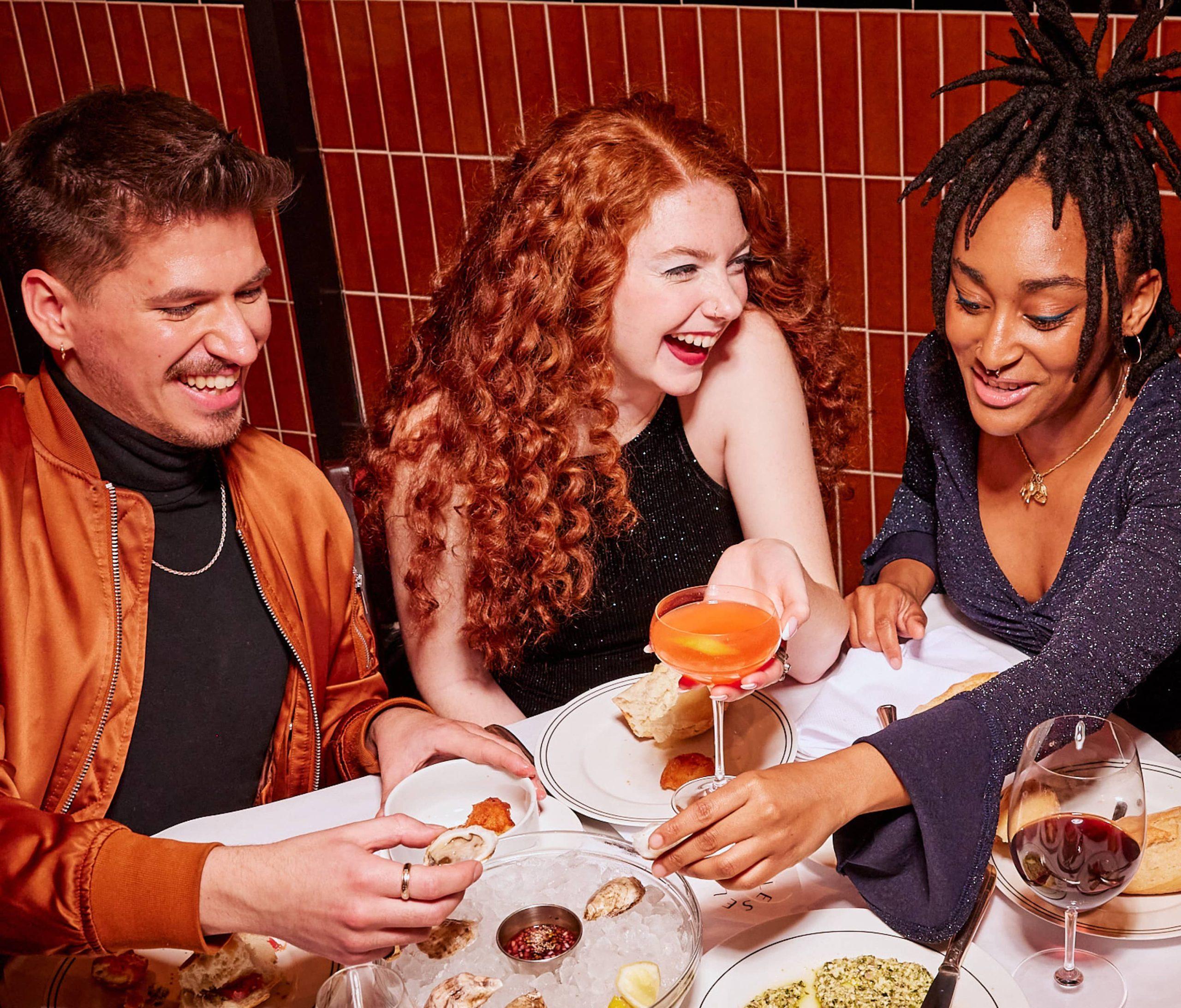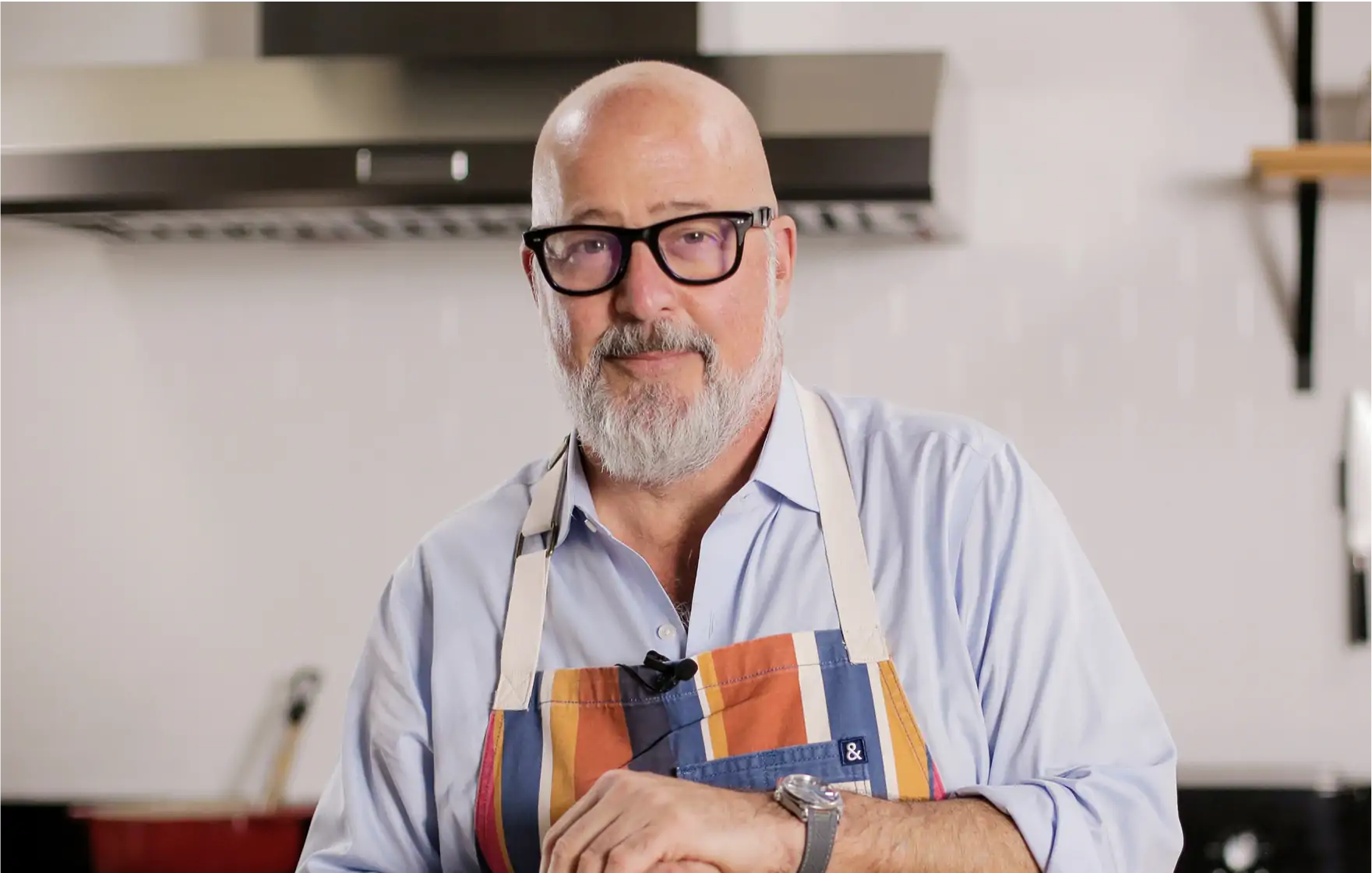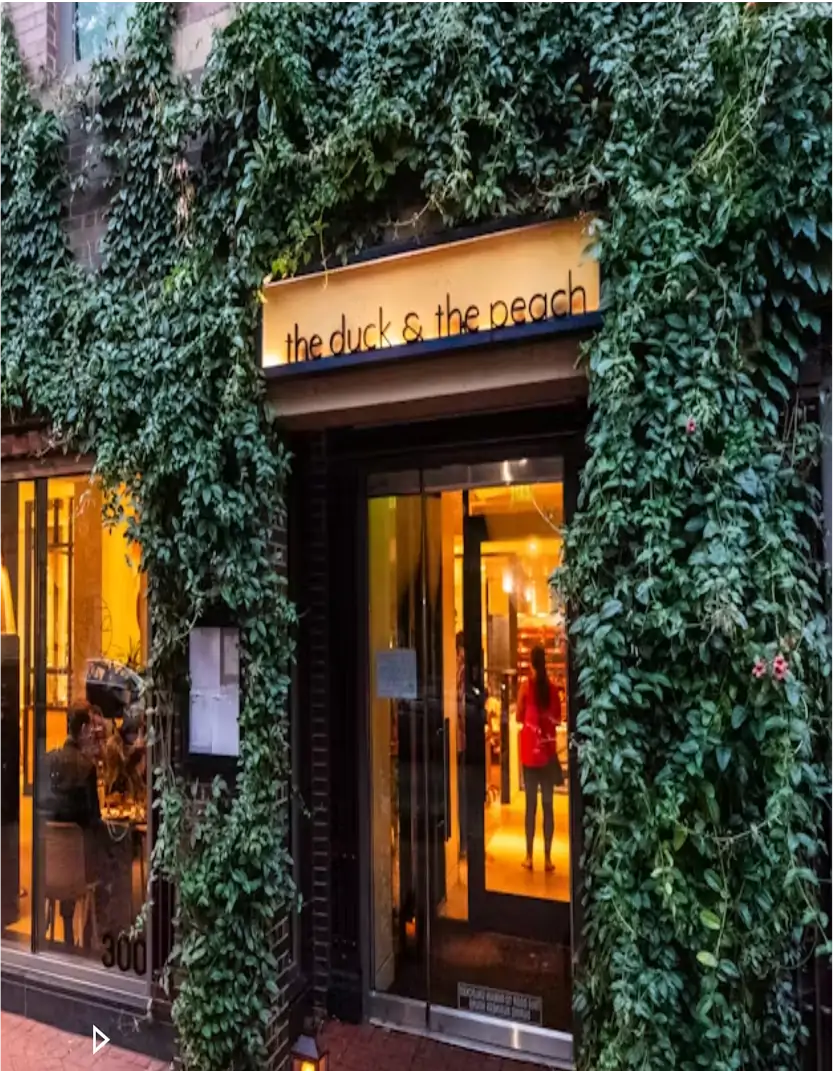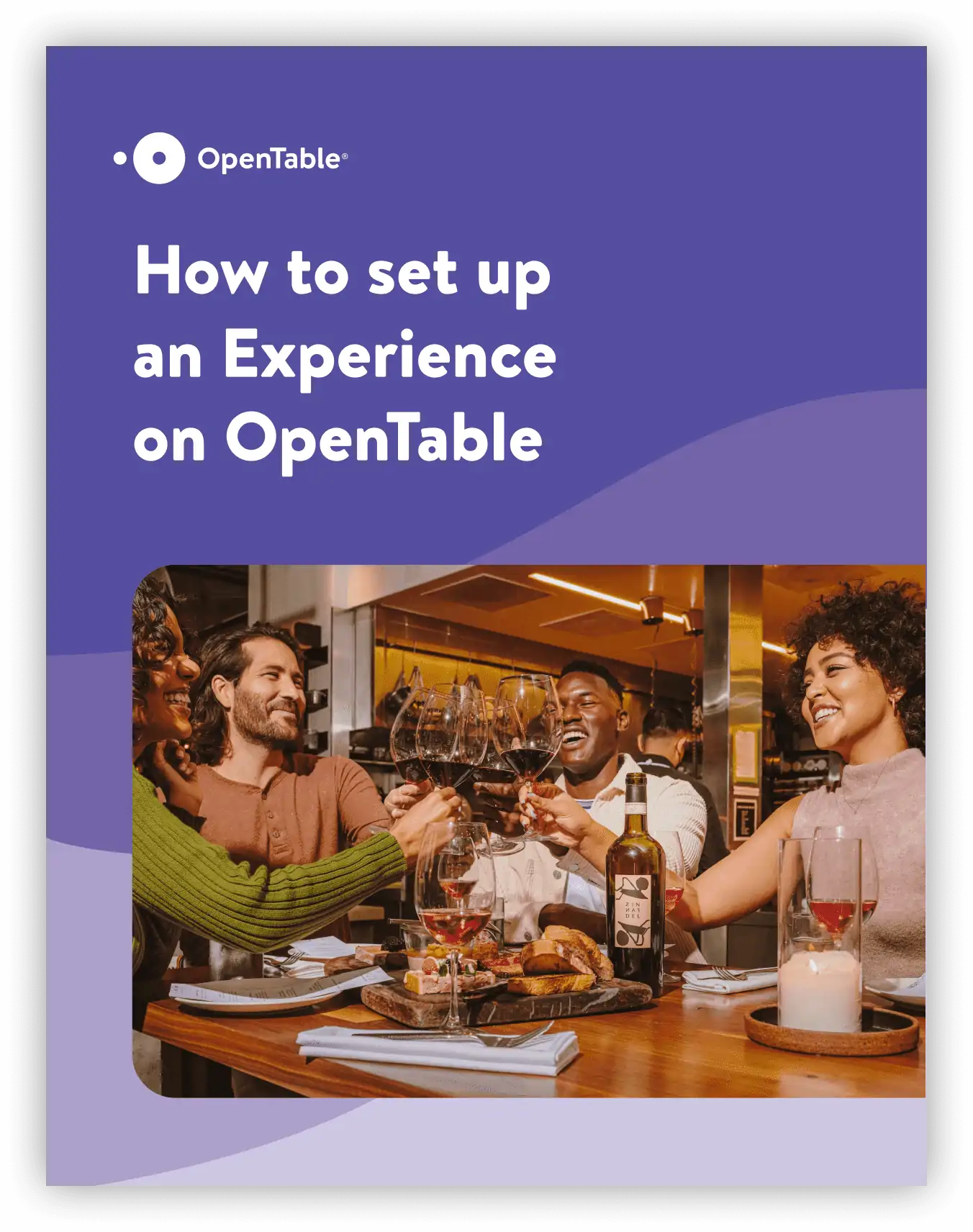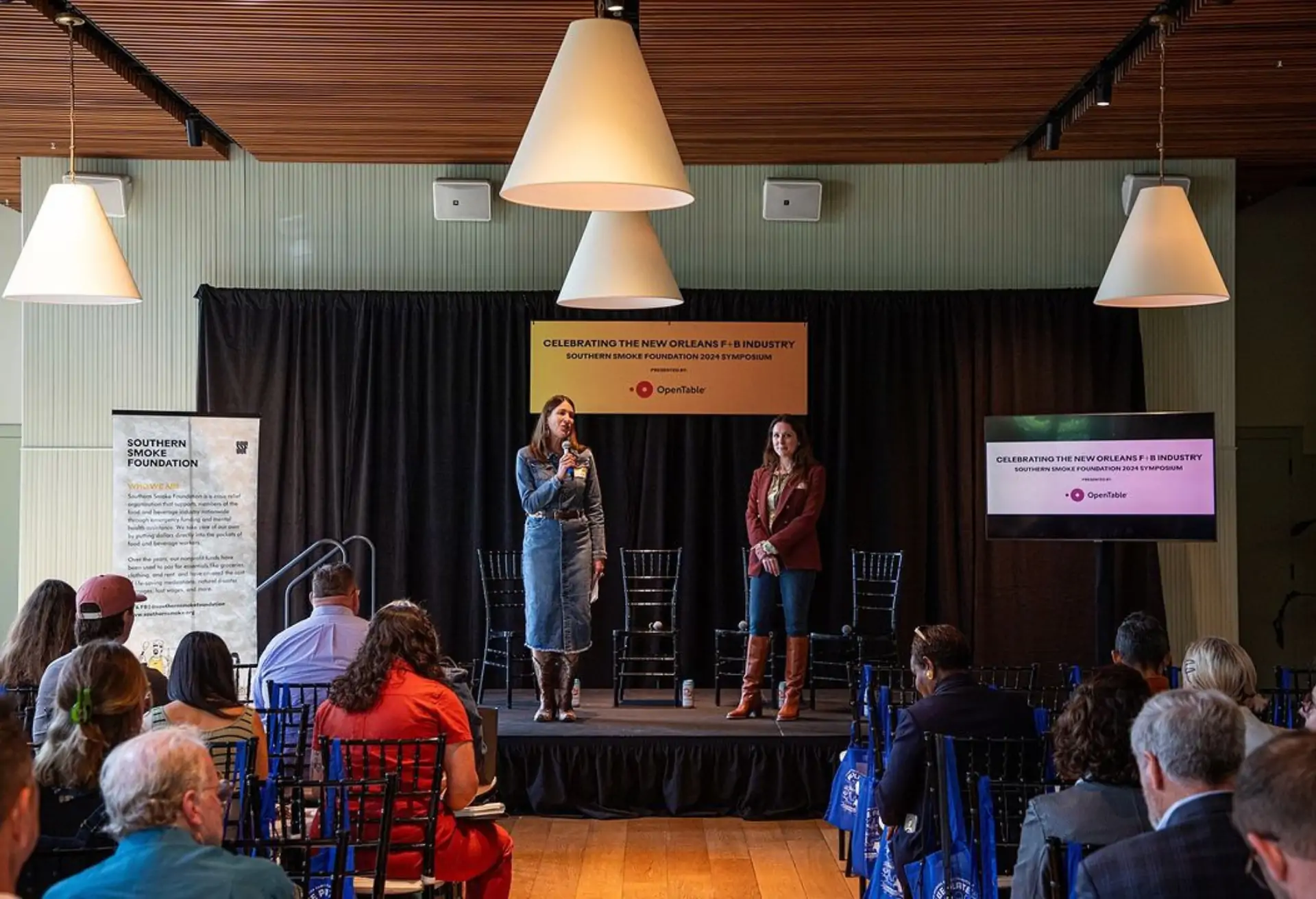You sort of learn as you go in this world. I started cooking as a kid with my mother and grandmother, later my father, who was the best cook in the family by far. At age 14, I got my first job in a restaurant shucking oysters. I made what today would be called plateau de mer at a seafood restaurant in Long Island. Back then, when someone ordered a ‘home run’ at the raw bar, they got 6 clams, 6 oysters, a half-chilled lobster, about 20 mussels in a sturdy mustard vinaigrette, a few sauces, and a half-pound of shrimp in the shell. I tried to make it pretty since we charged about $9. That was in the summer of 1974. We didn’t sell crudo.
One way or another, with the exception of a year of homelessness that culminated in a failed suicide attempt that kick-started my sobriety in January of 1992, I have taken a restaurant paycheck of some kind for almost 50 years straight. I worked for Alain Senderens in the early 1980s at his 3 Michelin star L’Archestrate when it was the best restaurant in Paris, and I flipped burgers at Patty & Frank’s in Atlanta a few weeks ago. I have done every job in this industry except somm work—though I drank a lot of wine, which I think should count. Over all those years, I have had the privilege of serving our community in many ways, and along the way, I paid attention.
That’s why, even with all the current headwinds, I remain bullish on restaurants. Because our community is the most resilient, most creative, and most thoughtful business archetype that I know. We are eternal because our work is grounded in a commitment to serving others. I believe taking care of others is our highest calling—and that is what we do.
But make no mistake, the restaurant industry is facing some serious challenges as we swing into the rest of 2025. I see at least seven pressing ones, followed by one massive reason for hope:
- Escalating operational costs are squeezing margins: Independent restaurants are grappling with sizable increases in food prices, labor expenses, and overhead—tightening margins in an industry already operating on thin profits. Global economic uncertainty and climate events continue to disrupt supply chains, leading to shortages and even greater last-minute increased costs.
- The labor pool is shrinking: Hiring and keeping qualified staff continues to impact service quality, consistency, and operational efficiency. As reported by Eater, and many others, a huge swath of our people left the industry in 2020 and 2021—and we still haven’t replaced them.
- Tech is evolving faster than budgets: Rapid technological innovation—AI tools, contactless dining, automation—requires investment and training. Some independents can’t afford these expenditures. We risk falling behind, or wasting money, on tech we can’t fully implement.
- Consumer preferences are changing: Delivery preferences, ghost kitchens, shifts in consumer sentiment and behavior—these are all real national trends that require immediate adjustments to meet evolving consumer patterns. A recent Lending Tree survey found that more than three-quarters of Americans (78%) now consider fast food to be a luxury. Let that sink in.
- The Green Machine isn’t optional: According to a PWC study, consumers expect eco-friendly practices and more transparency than ever before. If you aren’t already prioritizing sustainability—reducing food waste, purchasing regenerative goods, and so on—you’re not meeting consumers where they are at. But making that shift costs money.
- Profitability demands creativity: Economic conditions aren’t rosy, which means your value propositions must rule your pricing strategy and menu planning. But how do you grow profitably and offer better wages and non-monetary compensation to the team? That’s the heart of today’s restaurant ops dilemma. My advice: meet with your staff every day. Ask for feedback. Be honest with them about daily realities. Creativity is a group sport, so co-create your solutions. Make sure you are all on the same page before implementing big changes.
- It’s hard to stand out: Large chains have economies of scale and advanced technologies. That puts pressure on independents to differentiate. The goal isn’t to be the best—it’s to be the only. That’s a winning strategy in this competitive landscape.
This picture sounds just awful, horrendous in fact. Why would anyone stay in this business, let alone have the faith to sustain our restaurants in these terrible times, and come out of it THRIVING? Well, I believe we can. I put my money where my mouth is with several of my own businesses. Why? Glad you asked.
Because here’s the good news: We’re already doing many of the things that make restaurants so special—like fully engaging with guests and taking responsibility for their happiness while they’re in our dining room, or asking every day how we can do more for our guests and staff.

A few weeks ago, I dined at a small but mighty restaurant in Austin called Birdie’s. They have world-class food and a superb beverage program, all done via counter service. You order at the cashier, food gets coursed out and brought to your table.
The co-owner told me that the strategy has helped them cut their labor cost by a significant double-digit percentage, without sacrificing hospitality. When my bill came, a large piece of paper was tucked behind it…a menu from a restaurant I worked at 40 years ago in NYC. I cried. I was beyond impressed with every single moment of my time there—the care, the attention to detail.
H2: Where do you think I’ll be eating every time I’m in Austin from now on?
Independent restaurants foster loyal followings by offering the kind of personalized experiences that chains can’t replicate. We can adapt menus quickly, adjust hours, shift staffing, rethink service styles, and more. That elasticity is a superpower. Diners increasingly crave unique, authentic dining experiences—and we can deliver that naturally. And I am guessing you can find ways to make those experiences even more memorable.
Your restaurants are run by people deeply invested in their craft and community. Talk about that more! Most restaurants don’t explain what makes them great, special, or different—and that stuns me. Because the ones that do earn real trust from their guests.
And no, that doesn’t mean your server needs to spend more time at the table jabbering while guests are trying to enjoy their meal. A hamburger stall in a food court can simply hang a sign that says, “We only use prime, fresh meats and all natural ingredients. All burgers are cooked to order—thanks in advance for your patience.” That’s communication. That’s setting expectations. I would wait in that line for sure.
When Husk first opened in Charleston, the food was superb.
But what really blew my mind was the large chalkboard listing the name of every purveyor they used and what each one brought in that day. Updating that list was a part of daily side work. That’s great marketing and communication that spoke volumes about their commitment to a local/fresh ethos.
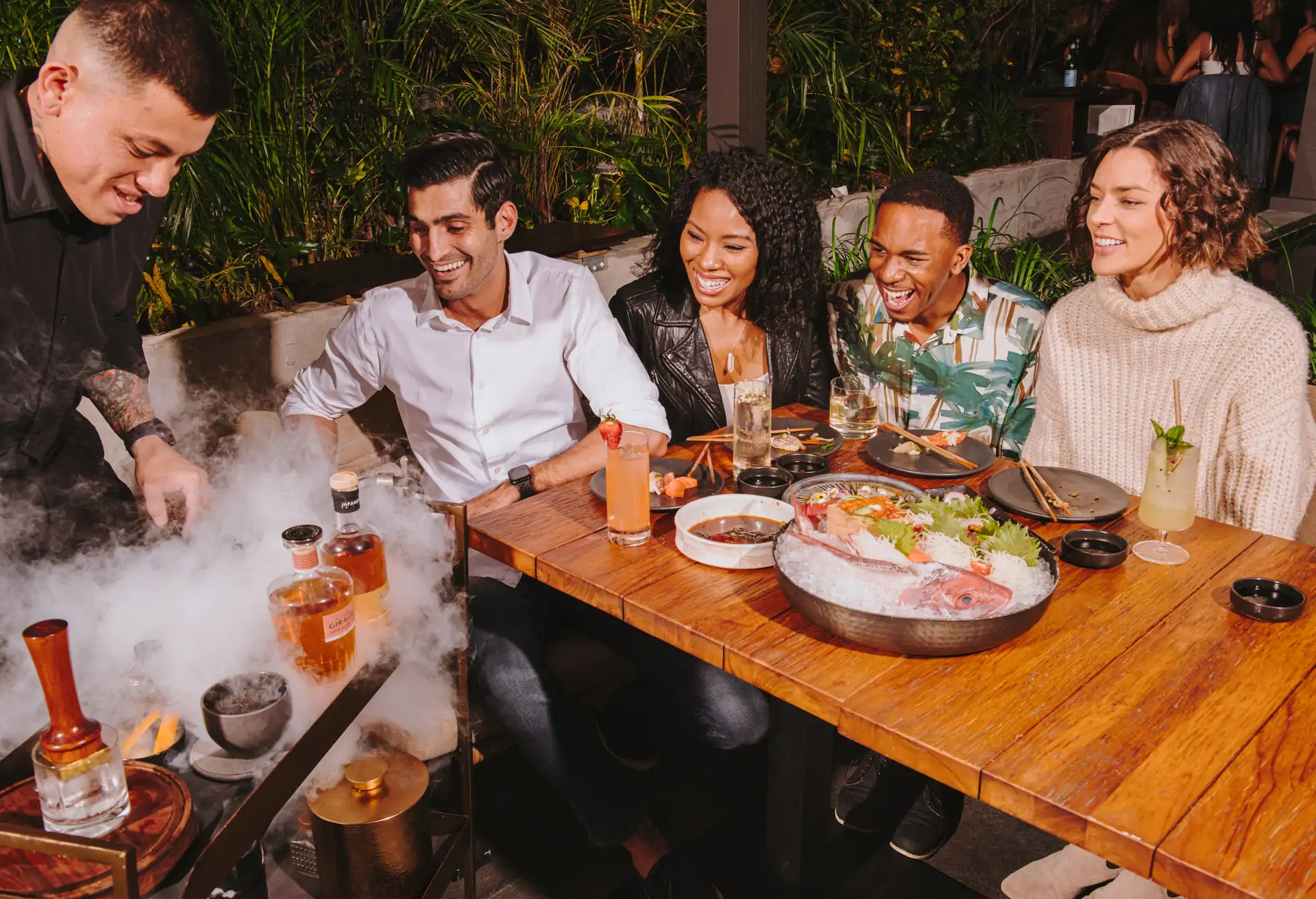
Creativity doesn’t stop there. From pop-ups to meal kits to fine dining delivery, independents proved in 2020 that they can pivot fast and innovate under pressure. Well, guess what? It’s time to dig in again and be the most creative operator you can be. These times require it. They require more service in every sense of the word. I insist that it’s the rewards of service to our fellows that fulfills us. You wouldn’t be reading this far if you weren’t like me, someone whose cup is filled every time we do something for another human being. It is the historical foundation of our profession, dating back thousands of years, and it is just as important today as it was back then. Our transactions aren’t just financial, when the check gets paid. They are emotional and charitable, and occur over and over throughout the guest experience.
H3: Here’s what I know for sure:
Restaurateurs and food people have more heart, more hustle, more grit than any other business group I’ve ever encountered. That’s our edge. That’s our legacy. So go be the “only.” Not because you have to—but because that’s who we are. And as long as you honor the eternal-ism of a service mindset, you’ll always find your way forward.
Do that. Be the ‘only,’ and I can’t wait to hear your next success story.
Best, AZ
Any views, thoughts, and opinions expressed by the Author are solely that of the Author and do not reflect the views, opinions, policies, or position of OpenTable
All on the Line: Letters from the Industry is a newsletter featuring stories and perspectives from the people shaping hospitality today. Each issue spotlights the voices of chefs, operators, and industry leaders—because no one knows the business better than those in it.
